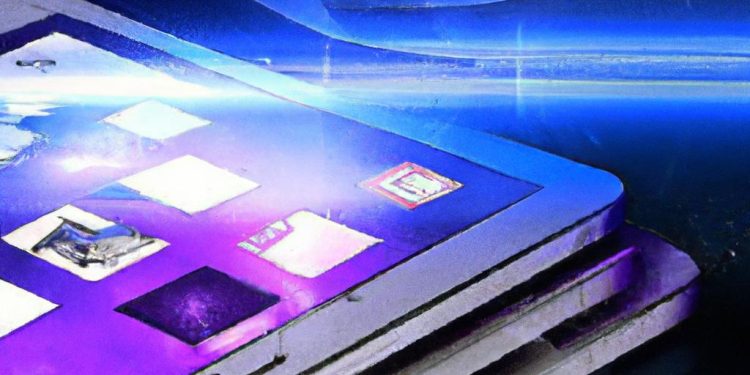In a world where ‘new’ is inexorably linked with ‘better’, where smartphones have become an inseparable part of us, integrating technology into our day-to-day life is almost as instinctual as breathing. But what about the sphere of education? With the roar of AI, robotics, and immersive VR echoing in the hallways, the pedagogy is on the brink of a revolutionary shift. We are stepping into an era where a chalk and blackboard are no longer the quintessential tools of teaching. This brings us to the question – is it just adopting the latest gadgets or is there a deeper implication to this integration? Here’s a fascinating journey – beyond gadgets : exploring the pedagogy of technology integration.
Many educators find themselves standing on the precipice of an awe-inspiring intersection of technology and education. This crossroads promises not just to enhance the teaching and learning process but to proliferate it into myriad unconventional dimensions. It is an undisputed fact that technology acts as an agent of change. However, what entails this change is not just the material objects but a new perspective on the integration of technology itself. In this postmodern age, technology integrates seamlessly into the fabric of education, rendering the physical presence of gadgets secondary. Therefore, the focus shifts from the gadgets to the pedagogical applications.
From the pedagogical perspective, maximizing the educational value of tech in classrooms is not solely about introducing flashy tools or complex software. It is about fostering a dynamic learning environment that actively engages students and promotes interactive learning. The successful implementation of technology is interwoven with flexibility in adapting innovative approaches that align with the curriculum and the needs of the students. The idea is to inculcate technology so as to nurture a learning ecosystem that encourages students to explore, create and apply knowledge. Here are some key guidelines for educators to effectively incorporate technology:
- Flipped Classroom: In this model, students watch online lecture videos as homework and class time is devoted to exercises, projects, or discussions that makes concepts real.
- Gamification: Introducing game mechanics into learning can increase student engagement while making the learning process more enjoyable.
- Collaborative Platforms: Tools like Google Classroom, Moodle, or Blackboard encourage students to collaborate, participate in discussions, and share resources.
- Virtual Reality / Augmented Reality: VR and AR can provide experiential learning experiences that are visually impressive and immersive, thereby increasing retention.
| Edtech Tool | Application |
|---|---|
| Google Classroom | Virtual Learning Environment |
| Kahoot! | Game-Based Learning Platform |
| ThingLink | Interactive Media Platform (VR & AR) |
In the grand tapestry of education, the thread of technology is becoming increasingly entwined, taking us beyond the novelty of dimmed digital classrooms and passing buzz of gadget-based learning. It is coursing forward, navigating the teaching landscape towards integration – fostering an environment of synergy, where substance and technology speak the same language. Beyond gadgets, it necessitates the reimagining of pedagogical practices and re-engineering lesson plans to disrupt the static norms. As educators, it is our responsibility to ensure the pulsating power of this thread remains luminous, igniting curiosity and creativity, and fueling the journey of learning. Whether it’s held in the cradle of a pupil’s palm or shaping discussions in classrooms worldwide, integrating technology goes beyond simply operating hardware and software; it’s now the catalyst that redefines education for digital natives of the 21st century. As we tread the path where technology and pedagogy intersect, let us remember we’re not preparing students for the world as we know it, but equipping them for the one they will inherit. It’s a brave new world out there, and the grit of scholarly wisdom, coupled with the power of technology, will illuminate the path forward.






